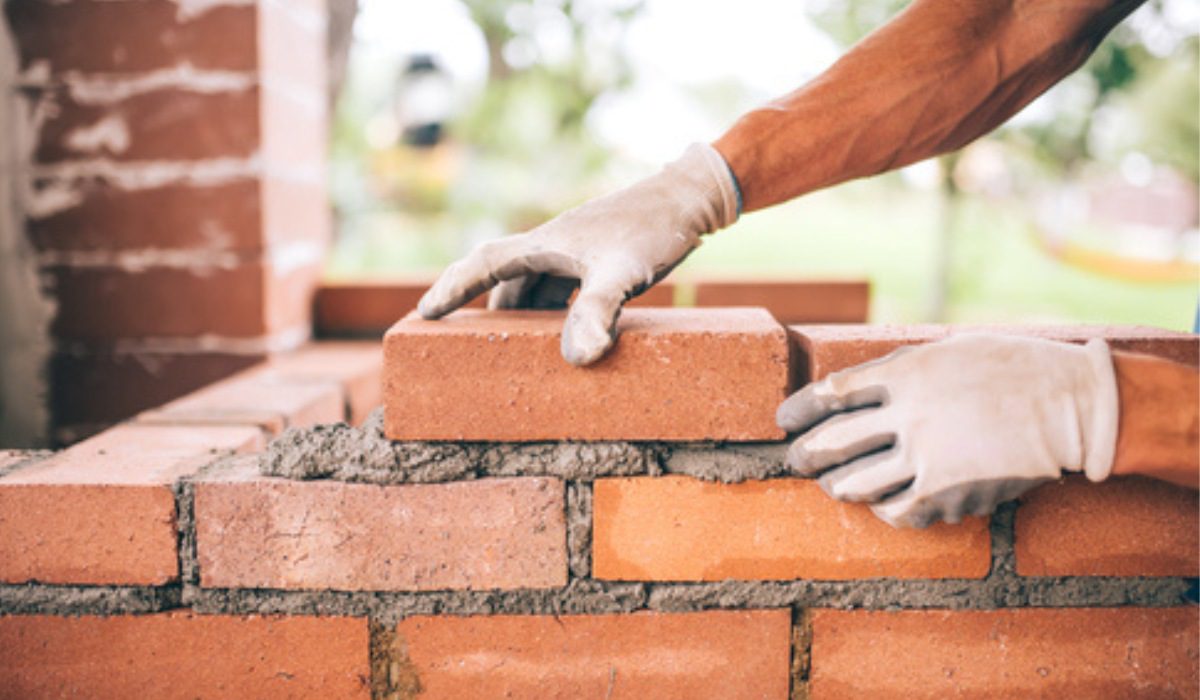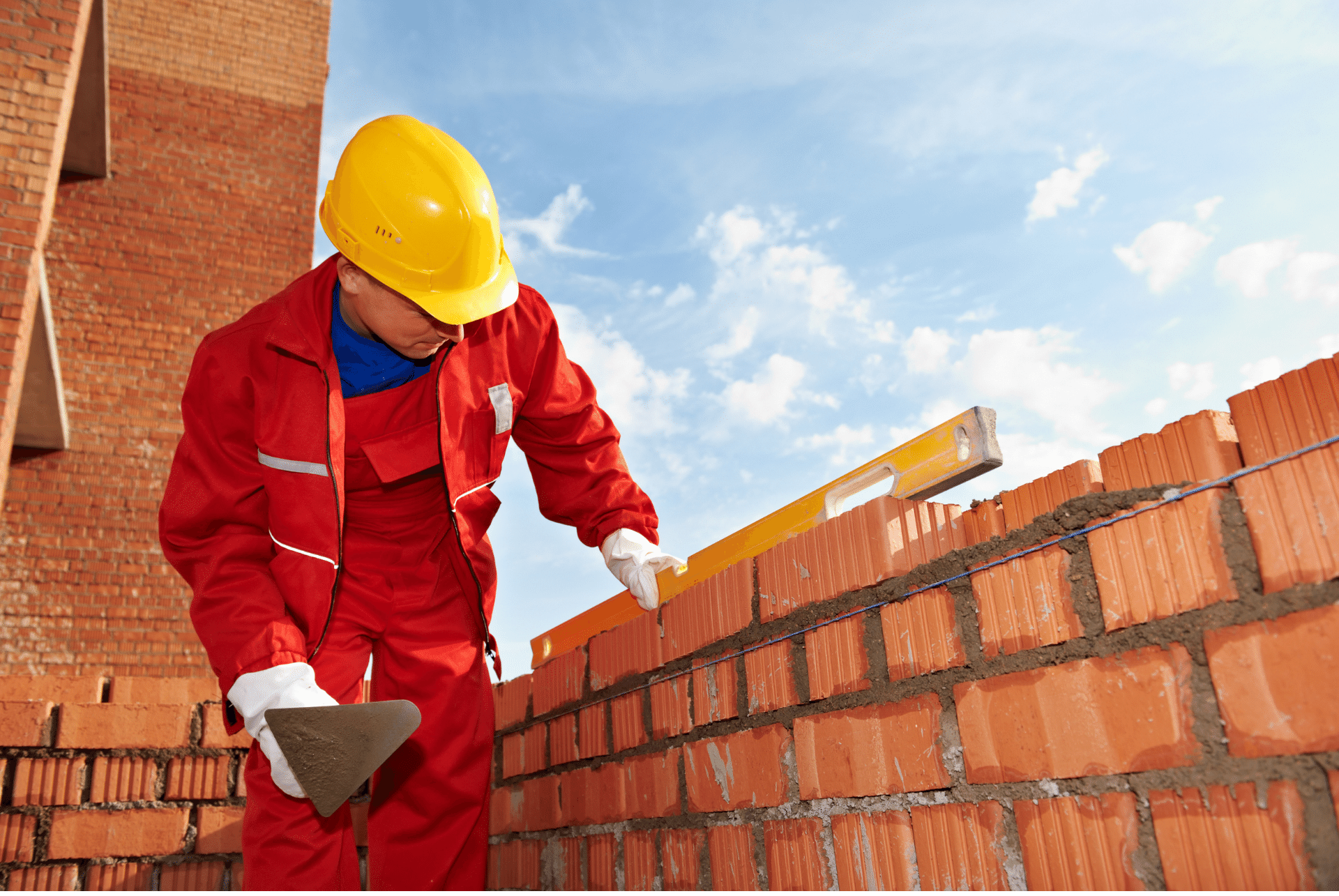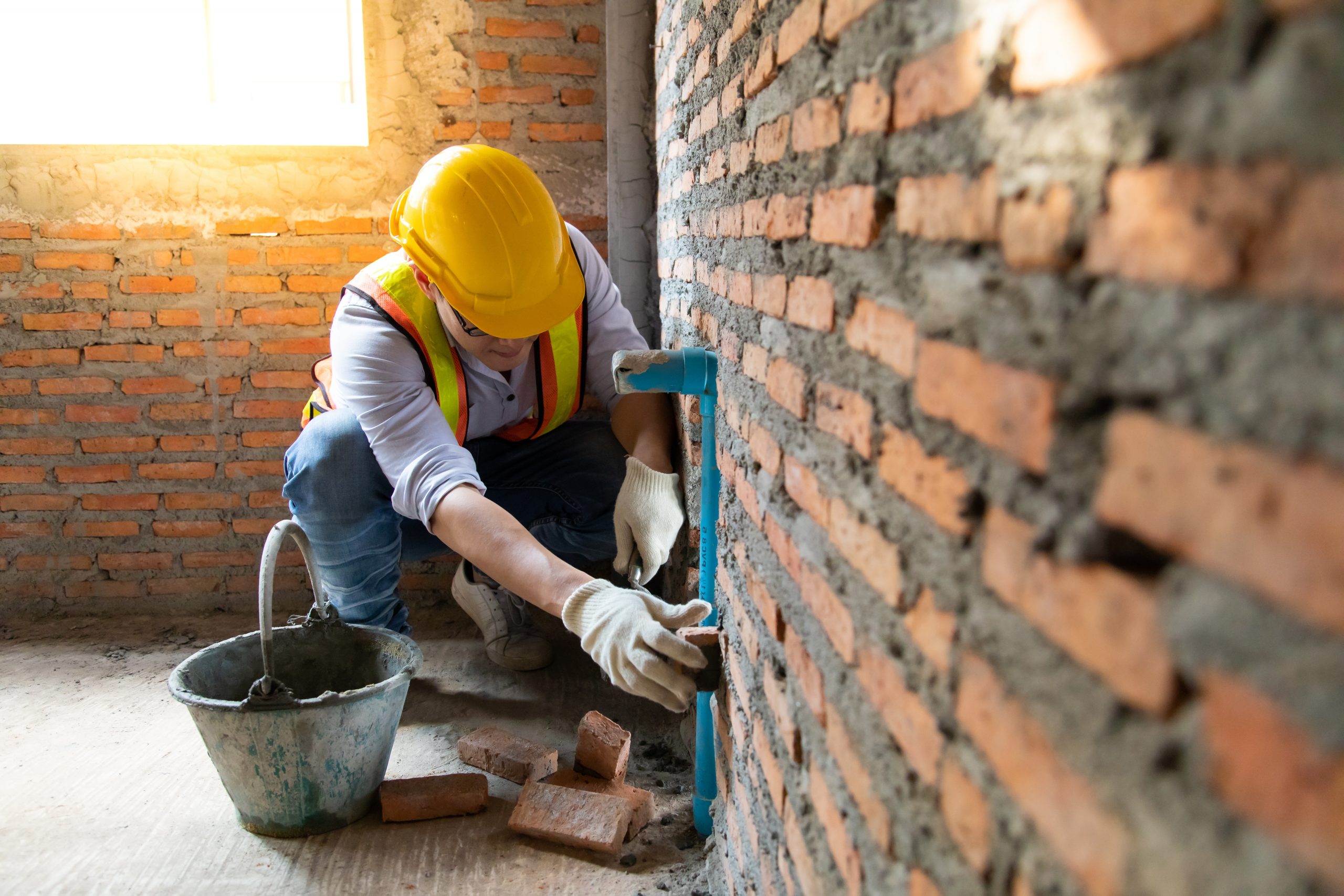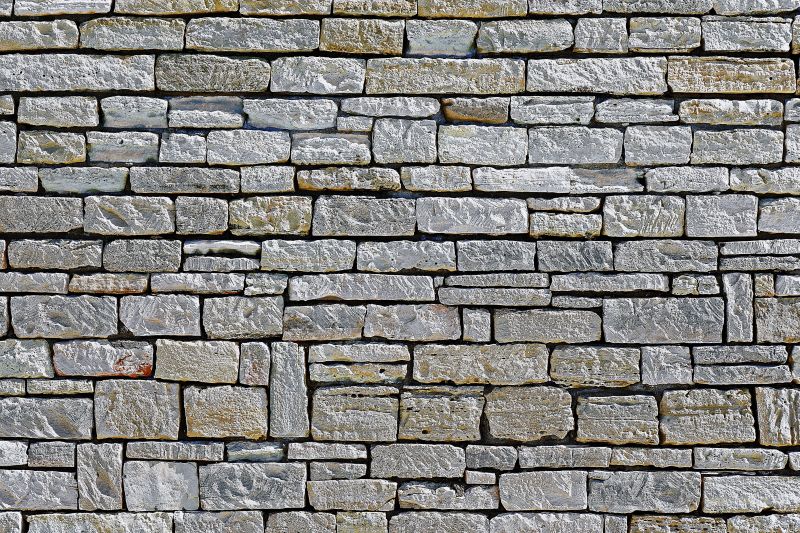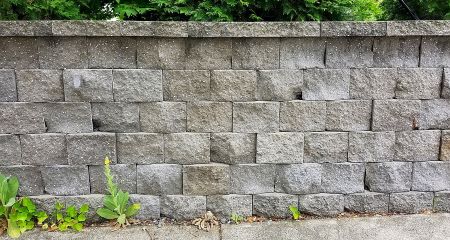Common Applications
Load-Bearing and Non-Load-Bearing Walls: Brick masonry is used for both structural (load-bearing) and partition (non-load-bearing) walls in buildings of all sizes. Facades and Architectural Features: Brick facades are popular for their beauty and resilience, often featuring decorative courses and arches for added style and support. Fireplaces, Chimneys, and Arches: The fire-resistant nature of brick makes it ideal for fireplaces and chimneys, while its versatility allows for the construction of arches and other architectural elements
- Use only high-quality, uniform bricks and properly mixed mortar
- Ensure even, fully filled joints and staggered brick placement for stability
- Allow sufficient curing time before applying loads or finishes
- Employ skilled masons for precise alignment, bonding, and finishing
